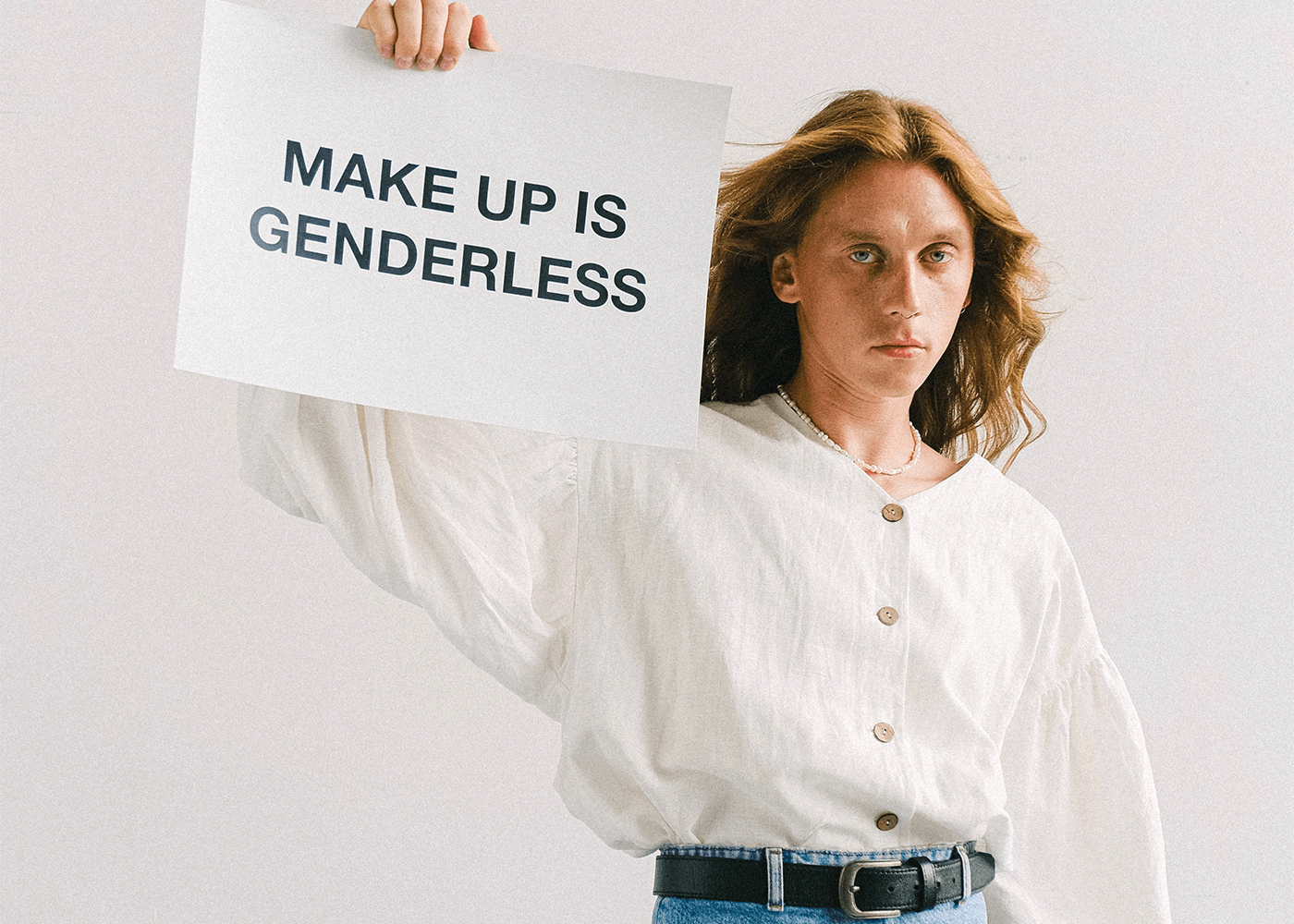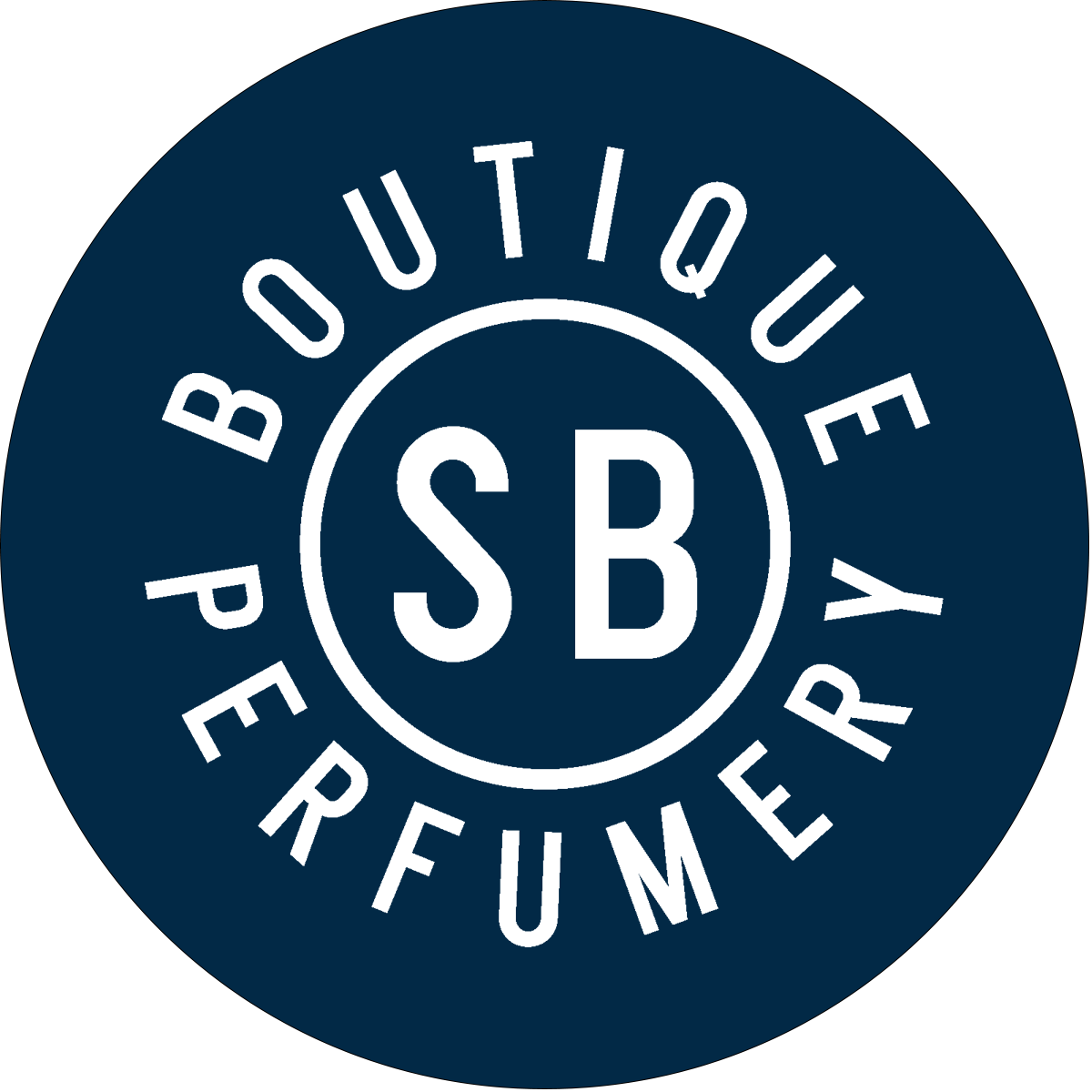

 Welcome to...
Welcome to...We believe you are trying to shop from the following location: Rest of the world
To enjoy low cost shipping and local currencies please allow us to redirect you to our local store.
Choose 3 for £45 or 5 for £75
Choose 2 from £130 or 3 from £180
Choose 2 for £20
For the first time in centuries, men wearing makeup is not completely taboo. Thanks to social media and the emergence of male beauty influencers like James Charles, Manny Gutierrez and Bretman Rock, makeup is in the early stages of becoming more gender-inclusive. This concept, however, is hardly new.
For generations, makeup has been seen as a "girls-only" enterprise, so we forget that it wasn't always that way. For millennia, stretching from 4000 BCE through the 18th century, men traditionally used makeup in myriad ways. It wasn't until the mid-1800s that makeup was relegated to one end of the gender spectrum. At that time, the influential Queen Victoria I of Great Britain deemed cosmetics vulgar, a view corroborated by the Church of England. During the Victorian era, makeup was considered "an abomination" by both the crown and the church, creating strong, widespread associations between makeup, vanity, femininity, and "the Devil's work." As religious values continued to permeate cultures around the world, mainstream definitions of masculinity narrowed.
By the 20th century, makeup was seen as a girls-only pursuit.
Today, the world is finally coming back around and growing to accept different gender expressions. We hope the trend continues, but society can't move forward without looking back.

EYE OF HORUS COSMETICS
Masculinity was important in ancient Egyptian culture, and makeup actually played a role in that. As early as 4000 BCE, men used black pigment to create elaborate cat-eye designs. A few millennia later, kohl eyeliner, green malachite eye shadow, and lip and cheek stains made from red ochre were also popular. The purpose was not what it is today, to look more attractive—green eye shadow was believed to evoke the gods Horus and Ra, and therefore ward off harmful illnesses. Dramatic eyeliner was customarily worn to communicate wealth and status.

MYSTERIOUS FAYUM PORTRAITS
Fast-forward to the 1st century AD, when Roman men were known to apply red pigment to their cheeks, lighten their skin with powder, and paint their nails using a stomach-turning elixir of pig fat and blood. (Makes you grateful for the 5-free nail polishes of today.) Roman men also painted their heads to camouflage bald spots—although we're not sure how well that would have worked.

FROCK FLICKS
During Queen Elizabeth I's rule, makeup was wildly popular among men, who valued ghost-white powdered skin. This was also when face makeup was dangerously cakey and made with lead, which often caused serious health problems, including-but-not-limited-to premature death.

BIGLI.COM
It's no secret that King Louis XVI partook in the extravagance of makeup and hair products. (Louis went bald at the age of 23 and subsequently forced the aristocracy of France into an obsession with wigs.) Men of the royal court also painted on beauty marks, which paired nicely with their high heels and fur muffs.

HULTON-DEUTSCH COLLECTION/CORBIS
A long period of time elapsed before male vanity was spoken of again. (Thanks, Queen Victoria I.) But with the arrival of modern movie-making in the United States, hair and makeup for men reemerged. Clark Gable's polished look was perhaps the first example of "metrosexual" beauty.

SINGLE COVER IMAGE COURTESY OF WARNER BROS.
Through the later 20th century, makeup for men was hardly mainstream. Instead, it was reserved for the fringe: artists and rock 'n' rollers like Boy George, David Bowie, and Prince. Around this time, though, many of the most legendary male makeup artists began working in the field. The late Way Bandy began his work in 1967, followed by Kevyn Aucoin in 1982, and a plethora of male makeup artists followed suit. One such artist was Scott Barnes, whose brushes have graced about every big name in Hollywood. When asked whether he's seen a change in the men behind the scenes in makeup, Barnes responded to us with a gender-subverting revelation: "There have always been men as makeup artists. Actually, right now, there are more female makeup artists than ever before."

WIREIMAGE FOR BRAGMAN NYMAN CAFARELLI / GETTY IMAGES
As American pop culture figures began to embrace past subcultures in the early to mid-2000s, we were introduced to the concept of "guyliner." (Think Pete Wentz, above, Jared Leto, and Adam Lambert.) This look was most popular among pop-punk bands and their followers.
The concept of "metrosexuality" also re-entered the cultural consciousness at this time, and beauty brands began to release targeted "makeup for men." Consider Yves Saint Laurent, which released the "male" version of its Touche Éclat ($35) in 2008.

FRAZER HARRISON / GETTY IMAGES
Though makeup for men was is no means the standard, social media has allowed male beauty gurus to share their artistic expression on a large scale, helping to break down centuries-old stereotypes. Major beauty companies like Covergirl and Maybelline took notice and announced the first male faces of their brands.

MILK MAKEUP
"Makeup has evolved through the years," Barnes, who currently primarily works with J.Lo, tells us. "It used only to be used for stage and screen, and now men are using bronzers and various forms of cosmetics to clear up imperfections, etc. They have found a way to use makeup very simply and organically, to create everyday looks for themselves without any stigmas behind it."
As the rules of gender presentation become more and more flexible, makeup continues to slowly infiltrate some men's everyday routines—not necessarily always in the larger-than-life fashion of youtube gurus, but in subtler ways. Skincare is much less stigmatized. But the acceptance extends to colour cosmetics as well—a little concealer on a blemish here, a little brow gel there.
Barnes also makes a point to note that what we see in the west isn't always the case for the rest of the world: "Japanese youth culture has always worn makeup as an accessory or an expression of excitement or fun, with no rules or gender behind it. Makeup doesn’t always mean femininity, not in this day and age. You also have boys with beards wearing full faces of makeup, and it's acceptable." Gender-neutral ad campaigns from brands like Milk Makeup help the denaturalization of makeup as a feminine endeavor. And Barnes paints an even more exciting vision for the future, as well. "The industry has changed so much – there is so much room for merchants and new brands, and social media has played a big part in that change," he says. "There’s more accessibility." Personally, we can't wait to see what comes next.
Like this article? Sign up to our newsletter to get more delivered straight to your inbox
_____________
References:
https://www.byrdie.com/history-makeup-gender
The Sunday Scroll: Things That Made Life Feel Better
Episode 8: Beyond the Continent
Episode 7: How to Wear a Fantasy
Customer service
Talk to us via chat. 9-5pm EST. Wed - Sun
Fast Free Shipping
Get free shipping on orders of £60 or more
New Customers
New customers enjoy 10% off their first order
Secure payment
Your payment information is processed securely


Share:
Meet Julliette Our QVC Host
Empowering Fragrances For Women